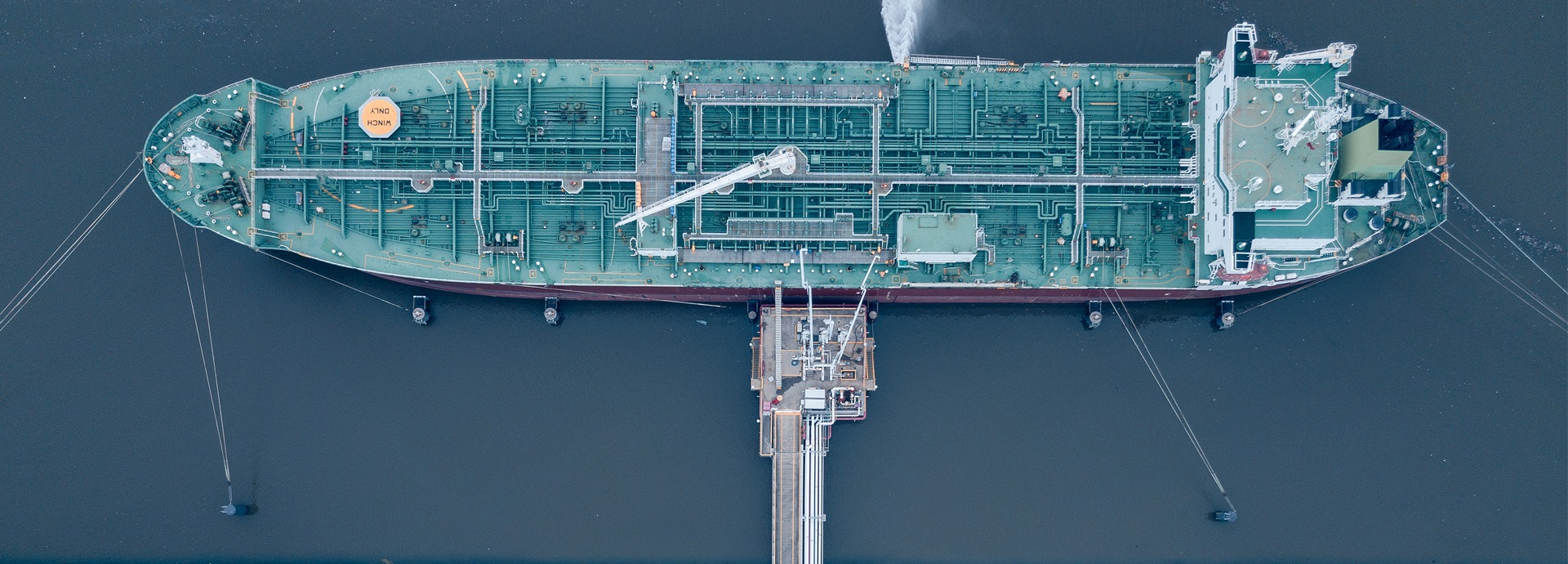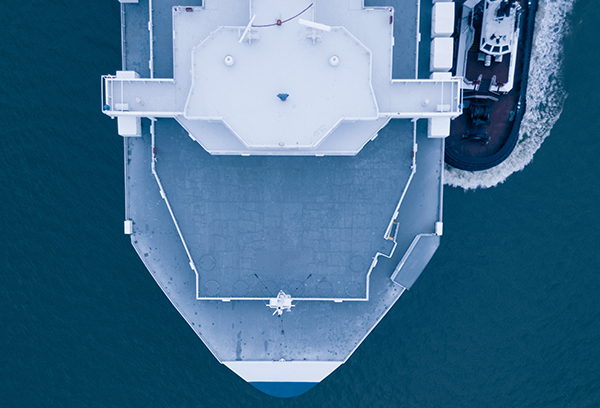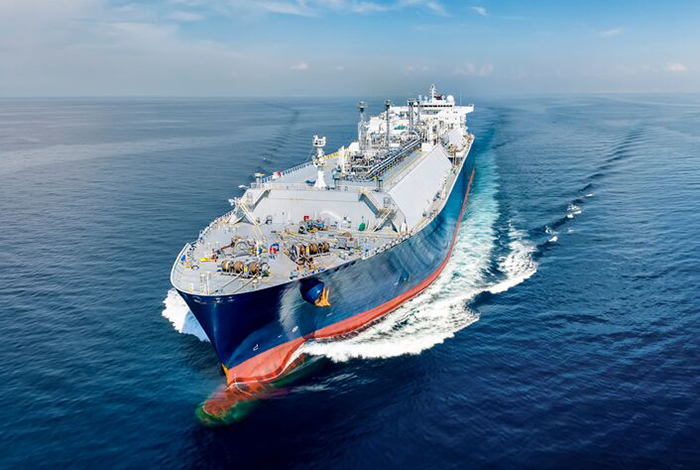

What is methane slip? Why should it be reduced?
The main component of liquid natural gas (LNG) is methane. When you burn LNG as fuel, most of the methane is consumed in the energy conversion process. The unburned methane escapes into the atmosphere – and this is known as methane slip.
Methane is a greenhouse gas (GHG) and has a 100-year global warming potential that is around 30 times that of CO2. It is extremely important to reduce methane emissions. Cutting methane emissions is the strongest lever we have to slow climate change over the next 25 years, and it complements ongoing efforts to reduce carbon dioxide.
If you own or operate a vessel with dual-fuel engines that burn LNG, you should take every action to cut its methane emissions.
How to reduce methane slip from LNG engines
A simple upgrade to your existing LNG engine will cut its methane emissions significantly. The upgrade is quick and easy to install and can cut methane slip by up to 65% depending on the engine type and load.
Engine upgrades
There are upgrades that reduce the methane emissions of the following dual fuel engine types:
- Wärtsilä 20DF
- Wärtsilä 34DF
- Wärtsilä 46FDF
- Wärtsilä 50DF
Get the details on the available Wärtsilä engine upgrades

Learn more about the Wärtsilä W34DF upgrade: A cleaner, greener machine – Wärtsilä W34DF control software upgrade cuts greenhouse gas emissions at all load points.
Why LNG as marine fuel
LNG is important as a transition fuel and a first step towards reducing carbon emissions in the maritime industry. It produces fewer greenhouse gases and other air pollutants compared to fuel oil. However, reducing methane slip is crucial for LNG to be a viable maritime fuel.
Learn more - this article has the answer to frequently asked questions: How to be smarter about methane slip – right now.
More smart ways to reduce methane slip
Did you know? There are simple ways to reduce methane slip with little or no additional investment needed.
Wärtsilä has developed engine technology over the years to minimise methane slip. Methane slip from Wärtsilä dual-fuel engines has been cut by around 90% over the past three decades, and we’re working hard to reduce it even further.
Choose an engine with already reduced methane slip
Methane emissions vary in LNG-fueled engines depending on the engine type and on how they are operated. Wärtsilä has been developing gas technologies to reduce methane slip for decades, and one of the results is the NextDF. It can be applied to the Wärtsilä 31DF and Wärtsilä 25DF engines which already achieve very low emission levels.
The NextDF feature maintains a stable combustion process at a set target independently from the cylinder boundary conditions such as
- configuration-specific volumetric efficiency
- fuel quality
- the charge air temperature
- the charge air pressure.
The resulting thermodynamic process is fast and complete and significantly reduces hydrocarbon emissions while operating at superior efficiency.
Setting an industry benchmark, Wärtsilä’s modern dual-fuel engines achieve methane slip below the FuelEU Maritime regulation of 3.1% of fuel use. The introduction of NextDF technology for the Wärtsilä 31DF and Wärtsilä 25DF engines allows operators to further reduce methane emissions.
- Find the facts on the NextDF feature for Wärtsilä 31DF
- Find the facts on the NextDF feature for Wärtsilä 25DF
What about hybrid solutions?
Hybrid vessels combine two methods of propulsion, a conventional combustion engine and a rechargeable battery. This reduces fuel consumption and increases operational efficiency, among other benefits.
With batteries on board, hybrid vessel owners can choose smaller, less costly and less fuel-thirsty engines. Hybrid vessels can be designed for peak load operation without compromising the optimisation of most operations.
For example, LNG carriers are designed for a speed of 19.5 knots, but several studies have shown that their average sailing speed today is around 15 knots. This means they are not operating optimally – and therefore they are generating more emissions.
Compared to an LNG carrier with a low-pressure 2-stroke solution, a modern hybrid electric system can deliver a 20%+ reduction in methane slip.

Methane slip regulation
The International Maritime Organization (IMO) does not currently have regulations for methane slip. It does have initiatives to investigate how methane slip from existing vessels should be measured and regulated.
In 2021, the European Commission adopted a series of legislative proposals known as the “Fit for 55” package to reduce greenhouse gas (GHG) emissions by 55% by 2030. The package includes four pieces of legislation that affect all vessels calling at an EU/EEA port. One of these is FuelEU Maritime and it is focused on promoting the use of renewable and low-carbon fuels that help to minimise carbon dioxide, methane and nitrous oxide emissions.
The European Union Emissions Trading System cover emissions frsom all ships of 5,000 gross tonnage and above that enter EU ports. The system covers all emissions from intra-EU voyages and 50% of the emissions for voyages to or from non-EU ports.
Although the ETS only initially covers CO2 emissions, in 2026 it will be extended to cover methane and nitrous oxide emissions. If any of the ships in your fleet use liquid natural gas (LNG) as fuel, methane slip is something you need to know about and take care of.
Success stories
Learn what our customers have already achieved in their activities to cut methane emissions.
Insights on methane slip and LNG
Have a look at these when you want to learn more about LNG as marine fuel and methane slip.
Related solutions
Here are great solutions – whether you want to upgrade or even convert your engine, or identify your best options for decarbonization for your vessel or fleet.
Do you know how much you could reduce the methane slip from your engines? Get in touch with us to explore your options.









